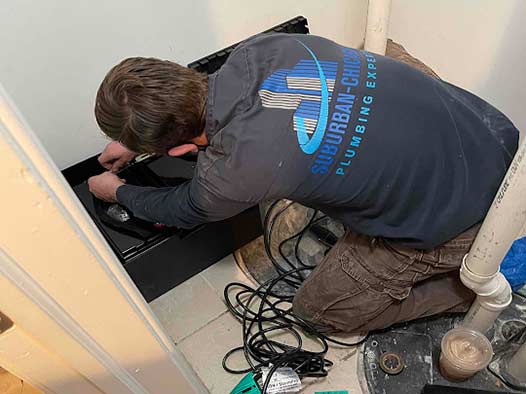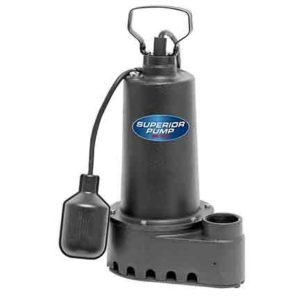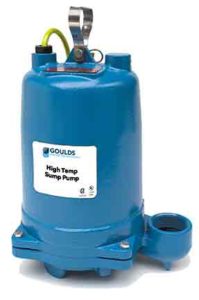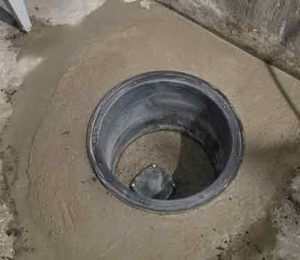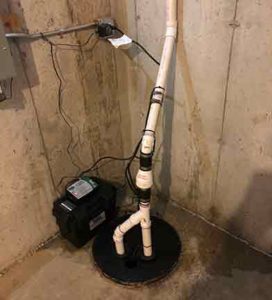As a homeowner, it is crucial to ensure that all the systems in your house are functioning properly. One system that often goes unnoticed but plays a vital role in preventing water damage is the sump pump. The sump pump is responsible for eliminating excess water from the basement or lower levels of your home, preventing potential flooding. However, like any other mechanical device, sump pumps can experience wear and tear over time. This article aims to educate homeowners about the signs that indicate when their sump pump may need repair, helping them avoid costly water damage and potential structural issues.
Importance of a Functional Sump Pump
Before discussing the signs of a malfunctioning sump pump, it is essential to understand why a properly functioning sump pump is important. A functional sump pump helps to:
- Prevent basement flooding: Water damage can lead to structural issues, mold growth, and ruined personal belongings. A sump pump plays a crucial role in preventing water from entering your basement.
- Maintain indoor air quality: A damp basement can create a breeding ground for mold and mildew, leading to respiratory problems and allergies. A functioning sump pump helps keep the basement dry, reducing the risk of these health hazards.
- Protect the foundation: Excess moisture around the foundation can cause it to weaken and crack over time, compromising the structural integrity of your home. A sump pump ensures that water is properly drained away from the foundation, preserving its longevity.
Signs That Your Sump Pump Needs Repair
1. Strange Noises
If you notice unusual noises coming from your sump pump, it may indicate a problem. A properly functioning sump pump should operate quietly. Grinding, rattling, or screeching sounds could suggest a broken impeller or worn-out motor bearings. Ignoring these noises may result in a complete pump failure, leaving your basement susceptible to flooding.
2. Frequent Cycles
Another sign that your sump pump may require repair is if it is cycling on and off too frequently. Continuous short cycles can be caused by a variety of issues, such as a malfunctioning float switch, a clogged discharge pipe, or an undersized sump pump. This frequent cycling puts additional strain on the pump, reducing its lifespan and increasing the risk of failure when you need it most.
3. Lack of Water Discharge
If you inspect your sump pump discharge pipe and notice that no water is being discharged, it is a clear indication of a problem. Obstructions such as debris, ice, or damaged pipes can prevent water from being expelled properly. It is important to address this issue promptly, as stagnant water in the sump pump can lead to pump motor burnout or even basement flooding.
4. Foul Odors
Unpleasant odors emanating from your sump pump can indicate the presence of mold or bacteria in the system. Mold thrives in damp environments, and if your sump pump is not working effectively, it can create a breeding ground for these harmful organisms. If you notice any strange smells near your sump pump, it is recommended to contact a professional to assess and fix the problem as soon as possible.
5. Excessive Vibrations
While minimal vibrations are normal during the operation of a sump pump, excessive vibration can be a sign of an issue. Loose or damaged components, misalignment, or a failing motor can cause increased vibration. If left unaddressed, these vibrations can lead to further damage, resulting in the need for costly repairs or a complete replacement.
6. Age of the Sump Pump
Even if your sump pump appears to be working fine, it is important to consider its age. Most sump pumps have a lifespan of around ten years, depending on usage and maintenance. If your sump pump is approaching or exceeding this timeframe, it is advisable to have it inspected by a professional. Regular maintenance and timely replacement can save you from unexpected basement flooding.
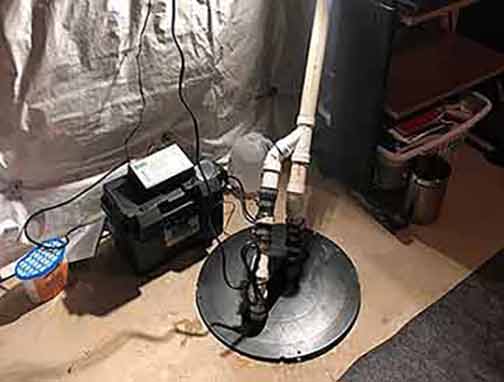
Regular maintenance and timely repairs are key to ensuring that your sump pump operates optimally.
Maintaining Your Sump Pump
Regular maintenance is crucial to ensure your sump pump functions effectively. Here are a few steps you can take to maintain your sump pump:
- Clean the sump pump pit: Remove any debris or sediment that may have accumulated in the sump pump pit. This will allow the pump to operate efficiently without any obstructions.
- Test the float switch: Pour water into the sump pump pit until the float switch rises, activating the pump. Ensure that the pump turns on and discharges the water properly.
- Inspect the discharge pipe: Regularly check the discharge pipe for any signs of clogging, damage, or ice accumulation. Clear any debris and ensure that water can flow freely.
- Check the power supply: Ensure that the sump pump is properly connected to a power source and consider installing a backup power supply to safeguard against power outages.
- Consider a maintenance plan: Engage the services of a professional plumber or sump pump expert for regular maintenance and inspections. They can identify any potential issues and perform necessary repairs or replacements.
Conclusion
A sump pump is a critical component of any home’s plumbing system, responsible for preventing basement flooding and protecting your property from water damage. By being aware of the signs that indicate a malfunctioning sump pump, homeowners can take proactive measures to avoid costly repairs and potential structural issues. Regular maintenance and timely repairs are key to ensuring that your sump pump operates optimally, providing you with peace of mind during heavy rainfall or stormy weather.
